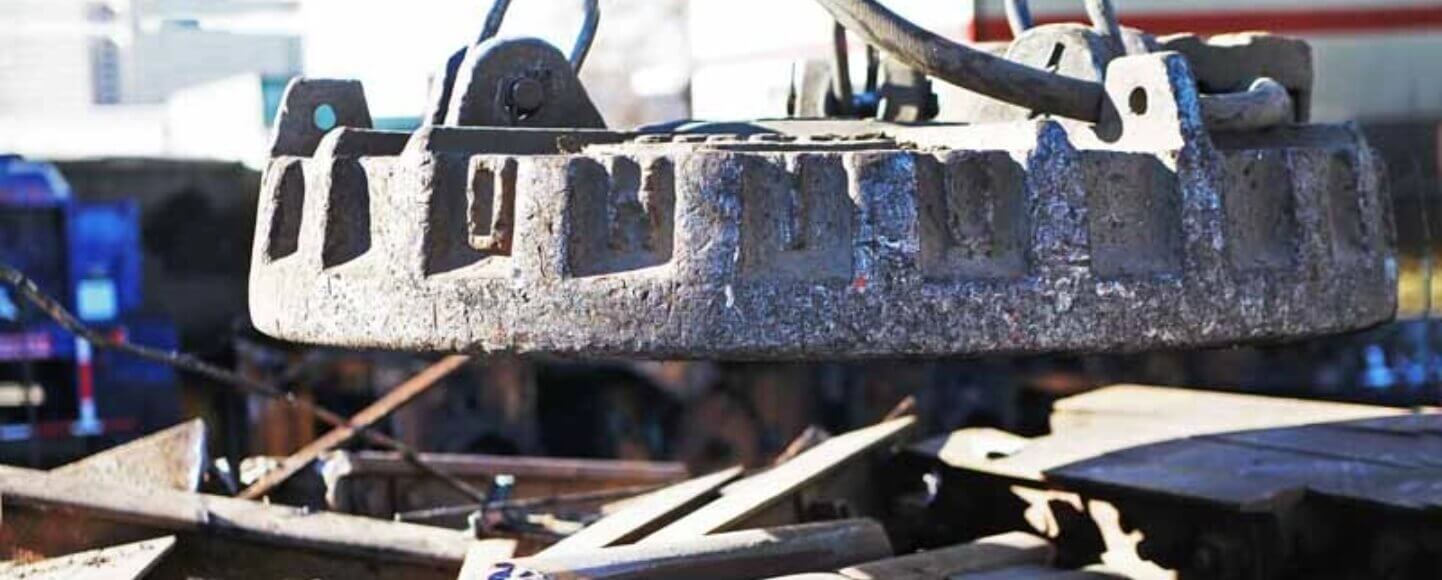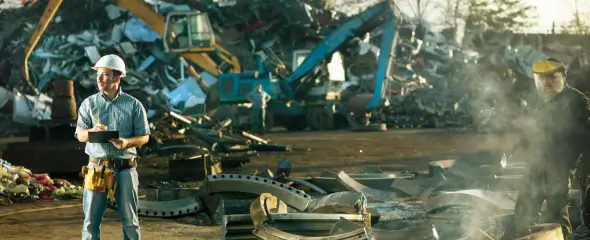Recycling steel scrap materials has evolved as the industry that is dedicated to transforming old materials to create new products has grown substantially. In fact, today, the scrap recycling industry employs more than 130,000 individuals.
There are a number of benefits offered by recycling scrap steel, including the fact that steel scrap prices are higher today than they have been in years.
Environmental Benefits
Each year, the scrap recycling industry transforms over 130 million metric tons of materials that are now obsolete. These materials are gathered from consumers, manufacturers, and businesses and repurposed into all-new, useful raw materials. If no one participated in scrap recycling, then more and more mining would have to be done and the natural, virgin resources would be depleted faster.
Recycling these materials also helps to decrease the greenhouse gas emissions and significantly saves energy thanks to the need for manufacturing all new products being reduced. This energy that is saved when you recycle is able to be used for other purposes, such as powering automobiles and heating homes.
Recycling Ferrous Scrap Materials
Steel is considered the most recycled material in the U.S. as well as all around the world. In the United States alone, over 74 million metric tons of the ferrous scrap materials are processed each year. This material is sourced from obsolete automobiles, household appliances, farm equipment, ships, railroad tracks, and steel structures. Also, scrap that is generated by manufacturing and industrial sources accounts for over half of all the ferrous supply of scrap materials.
Interesting Facts about this Recycling and Steel
Did you know that the United States recycles an amount of copper each year to create more than 26,000 Statues of Liberty? Also, if the aluminum scrap that was processed in the U.S. was used just for producing the standard soda can, the cans would be the same length as the distance from Earth to Venus, which is just over 25 million miles. Each year the U.S. creates more than 250 billion pounds of different scrap material. This is equivalent to the weight of more than 70 million average automobiles.


